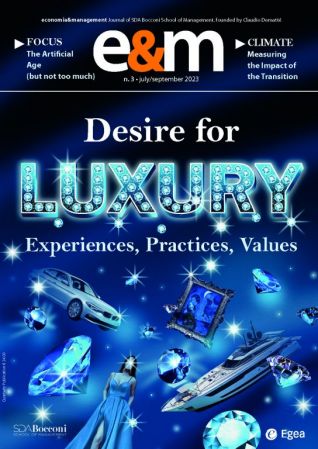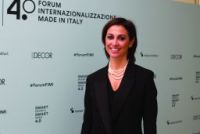E&M
2023/3
Authenticity Generates Uniqueness, Trust, and Loyalty
Brand reputation is now an essential value for any entrepreneurial activity; it is crucial for companies not to merely list a series of 'good intentions' but to embody those values themselves. The connotations of a luxury brand revolve around intangible yet deeply-rooted concepts that are inherently linked to that specific brand. The idea of authenticity represents, above all others, the distinguishing characteristic and identity of a brand.




